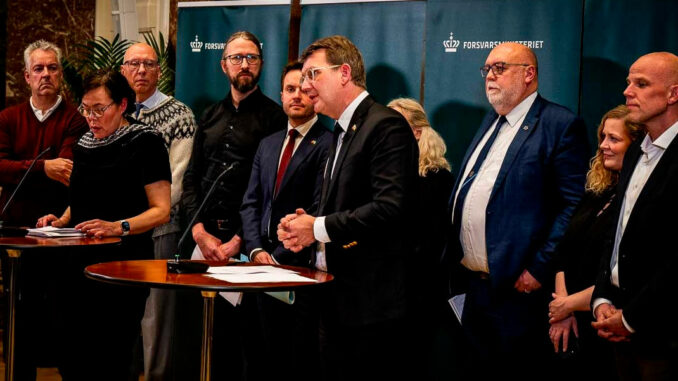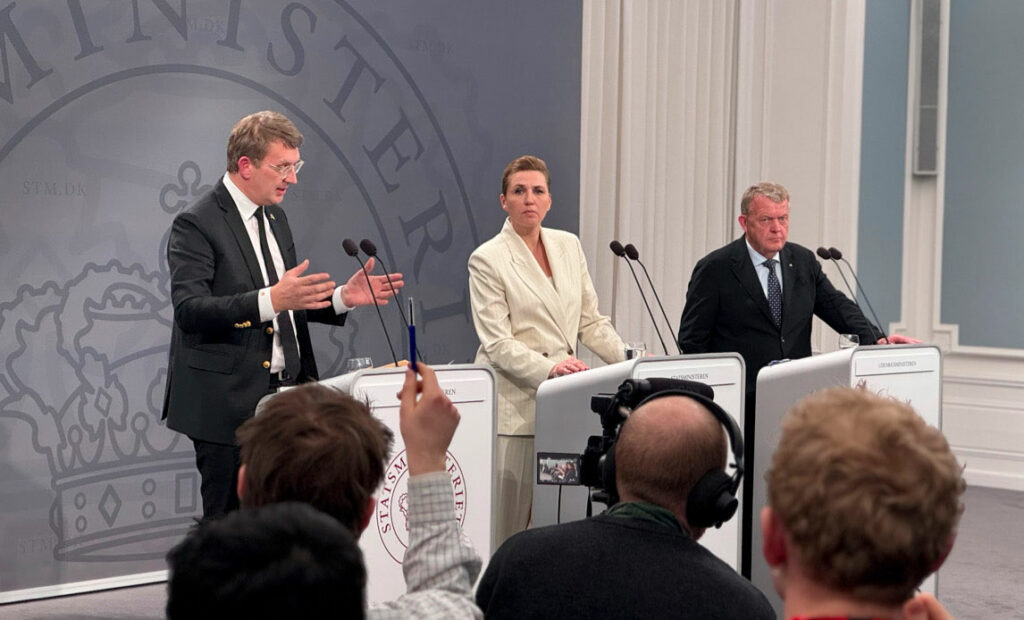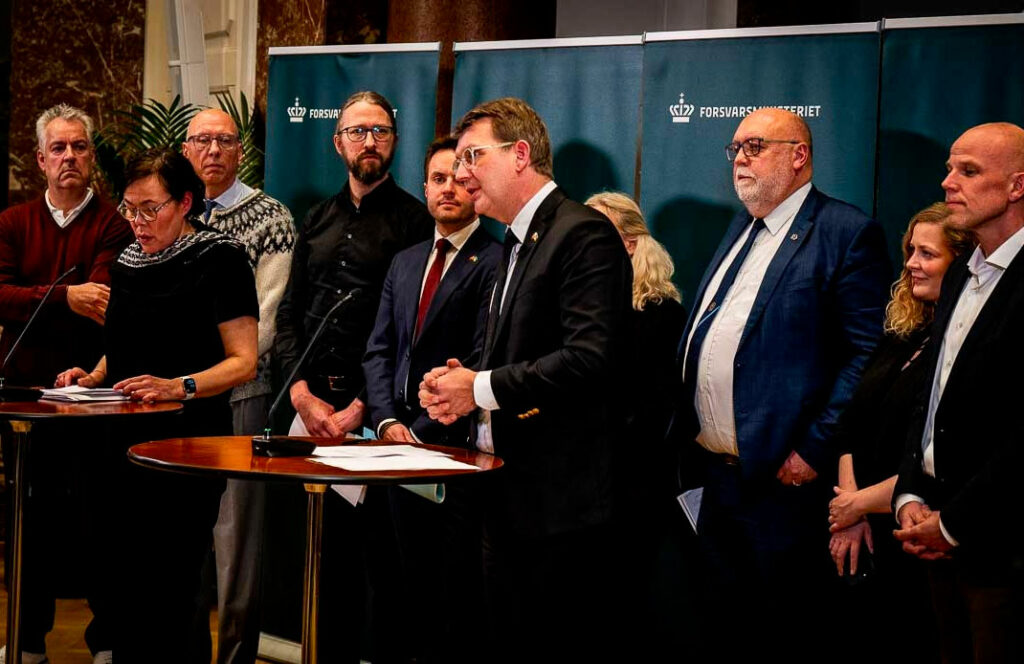
Faced with the growing threat from Russia, Denmark plans to increase its defense budget to 3.2% of GDP in 2025-2026, injecting an additional DKK 50 billion to strengthen its military capabilities.
Denmark has announced a significant increase in its defense budget to 3.2% of gross domestic product (GDP) for the years 2025-2026. This decision, motivated by fears of rapid rearmament by Russia, involves an additional injection of DKK 50 billion (around €6.7 billion) via an “Acceleration Fund”. This initiative aims to rapidly strengthen the country’s military capabilities, particularly in response to security concerns in the Baltic Sea region. This move is part of a wider European context in which nations are increasing their military spending to reduce their dependence on the USA for defense.

Denmark increases its defense budget to 3.2% of GDP in the face of Russian threats
Faced with an increasingly tense geopolitical situation in Europe, Denmark has decided to increase its defense budget to 3.2% of gross domestic product (GDP) for the years 2025 and 2026. This decision marks a significant break with the country’s traditional defense policy, and reflects a heightened awareness of potential threats in the region.
Unprecedented budget increase
To achieve this goal, the Danish government plans to inject an additional 50 billion Danish kroner, or around 6.7 billion euros, into its defense budget over the period 2025-2026. This sum will be allocated via a specially created “Acceleration Fund” to rapidly strengthen the country’s military capabilities. This initiative will take Denmark’s military spending beyond the 2% of GDP recommended by NATO, reaching an unprecedented level for the Scandinavian nation.
Geopolitical context and motivations
The decision was prompted primarily by concerns over Russia’s rapid rearmament. The Danish Ministry of Defense has expressed concern that, if the war in Ukraine ends or congeals and NATO does not arm at the same pace, Russia could unleash significant military resources and, within two years, represent a credible threat to one or more NATO countries in the Baltic Sea region, in the absence of US intervention. This assessment underlines the need for Denmark and its European allies to strengthen their own defense capabilities to deter potential aggression.
Comparison with European military spending
With this increase, Denmark ranks among the European countries devoting the highest proportion of their GDP to defense. For comparison, in 2024, Poland allocated 4.1% of its GDP to defense, Greece 3.1%, and Estonia 3.4%. The EU average for defense spending was around 1.5% of GDP in 2024, underlining the scale of Denmark’s commitment in this area.
Consequences for Danish defense policy
This significant increase in the defense budget will bring about several major changes in Danish defense policy. Firstly, a substantial proportion of the funds will be dedicated to the acquisition of new weapons systems and the modernization of existing equipment. Although the government has not specified the weapon systems involved, requirements include air defense systems, long-range surveillance drones and improved space capabilities to enhance security in the Arctic. In addition, particular attention will be paid to the recruitment and training of additional military personnel to support the expansion of the armed forces.

Implications for international cooperation
The Danish initiative is part of a broader context in which European countries are reassessing their defense policies, particularly with regard to their dependence on the United States. Recent statements by US President Donald Trump, calling Ukrainian President Volodymyr Zelensky a “dictator” and speculating about Ukraine’s future, have intensified concerns about the reliability of US support. In response, Denmark and other European nations recognize the need to strengthen their own defense capabilities to ensure the continent’s security more autonomously.
Economic and industrial implications
The increase in the defense budget will also have significant economic implications. The injection of an additional 6.7 billion euros will stimulate the national defense industry, potentially creating new jobs and promoting technological development. However, this budgetary reorientation could also raise questions about the allocation of public resources and national priorities, particularly with regard to social spending and investment in other key sectors.
Denmark’s decision to increase its defense budget to 3.2% of GDP reflects a heightened awareness of current security challenges in Europe. Faced with the potential threat of rapid rearmament by Russia, and uncertainty over US support, Denmark has chosen to strengthen its military capabilities to ensure its national security and contribute to regional stability. This move underlines the importance of European nations taking proactive defense measures in a constantly changing geopolitical environment.
War Wings Daily is an independant magazine.